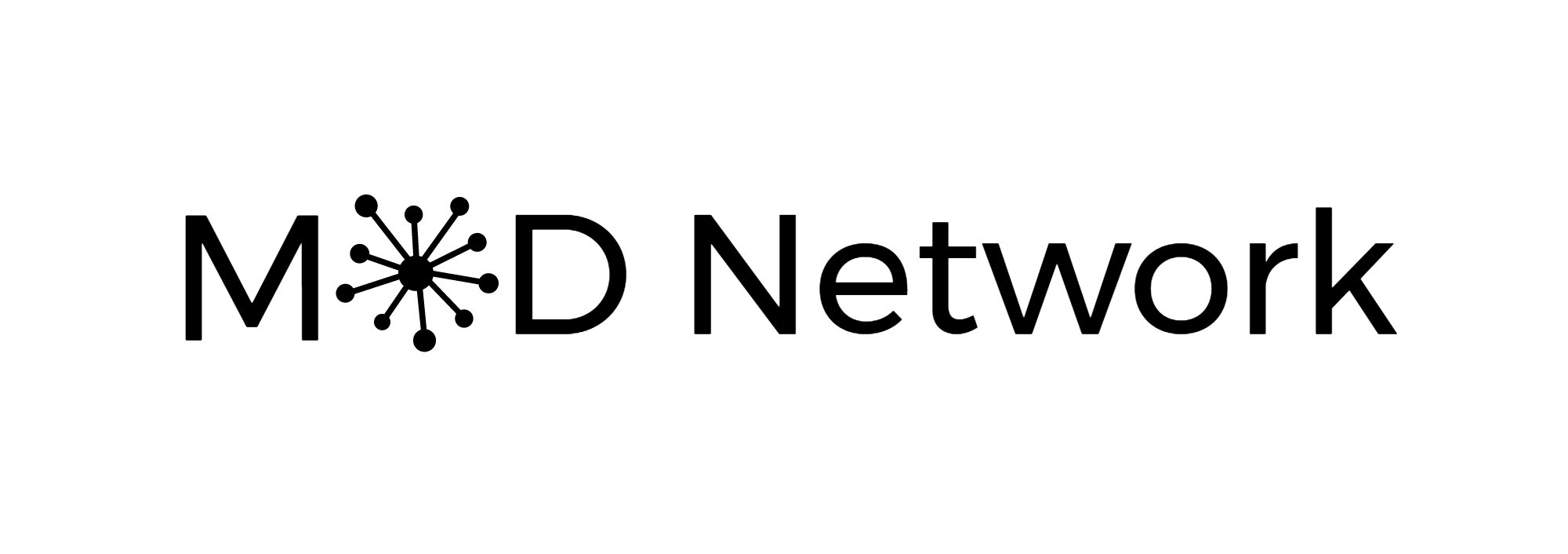Strategic Thinking - Navigating Complexity as a Senior Executive
Strategic thinking is a must-have for senior executives who are steering their organizations through the chaotic, ever-changing business world. It means thinking critically, anticipating future trends, and developing innovative strategies that align with the organization's mission and vision. This article dives into why strategic thinking is crucial for senior execs and how it shapes their decision-making. We'll also cover ways to cultivate a strategic mindset, like scenario planning, competitive analysis, and aligning strategies with long-term goals.
Understanding the Strategic Mindset
To stay relevant, senior executives need to keep an eye on industry trends and the competitive landscape. This constant analysis helps them spot opportunities and challenges that could affect the organization’s future. Additionally, strategic thinking means setting clear, ambitious long-term goals. These goals act as a guiding force, directing all decisions toward a common destination. It's all about playing the long game.
Developing a Culture of Strategic Thinking
Senior executives must also foster a culture that encourages creativity and innovation. By empowering employees to think outside the box and explore new ideas, organizations can better adapt to change and thrive in dynamic markets. Strategic thinking isn't a one-and-done deal; it's an ongoing process. A culture of continuous improvement and learning allows senior executives and their teams to tackle new challenges and seize emerging opportunities. In other words, always be leveling up.
Aligning Strategies with Organizational Goals
Every strategic decision made by senior executives should align with the organization’s mission and values. This alignment ensures that all efforts are dedicated to fulfilling the organization's core purpose. To make this happen, senior execs need to communicate their decisions effectively to stakeholders. Engaging stakeholders early and explaining the rationale behind choices fosters a sense of ownership and commitment to the organization’s direction. No more guessing games.
Implementing Data-Driven Decision Making
Making informed choices based on relevant data and metrics is another key aspect of strategic thinking. By analyzing key performance indicators, market trends, and customer feedback, senior executives can make decisions with confidence. With the rise of big data, leveraging data analytics has become even more crucial. It provides insights into customer behavior, market trends, and emerging opportunities, helping execs stay ahead of the curve. Data doesn't lie.
Evaluating Risks and Consequences
Strategic thinking also involves evaluating the potential risks and rewards of each decision. Conducting a thorough risk analysis allows senior executives to mitigate potential pitfalls and capitalize on opportunities. Preparing for contingencies is essential, too. Developing contingency plans ensures that the organization can handle potential challenges and maintain business continuity. It's all about being prepared for whatever comes your way.
Strategic thinking is a vital leadership skill for senior executives aiming to navigate complexity and steer their organizations toward sustainable success. By fostering a strategic mindset, aligning strategies with organizational goals, and making data-driven decisions, they can guide their organizations through challenges and seize opportunities in an ever-changing business landscape. Embracing strategic thinking as an ongoing practice enables senior executives to anticipate future trends, make informed choices, and create a path for their organizations to thrive in a rapidly evolving world. Ready to lead the charge?

